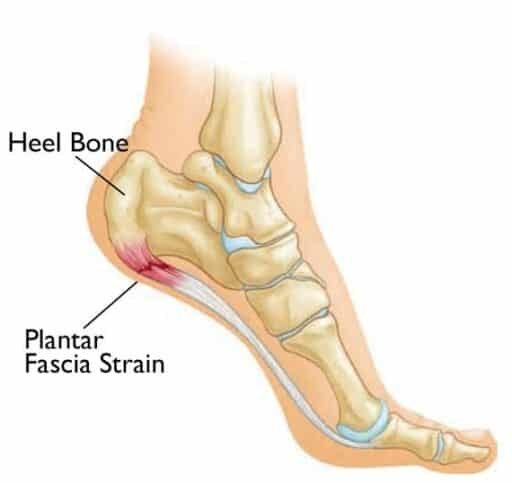
Top 5 Mistakes People Make When Working Out Alone (And How to Fix Them)
Top 5 Mistakes People Make When Working Out Alone (And How to Fix Them) Exercising on your own can be…
September 24, 2024

Top 5 Mistakes People Make When Working Out Alone (And How to Fix Them)
Exercising on your own can be convenient, cost-effective, and empowering. But without proper guidance, it’s easy to fall into habits that hinder your progress—or worse, lead to injury. Whether you’re new to fitness or a seasoned gym-goer, working out without professional oversight can come with its own set of challenges. In this post, we’ll go over five common mistakes people make when working out alone and how to avoid them for optimal results.
1. Improper Form
One of the biggest pitfalls of working out alone is not maintaining proper form during exercises. Whether it’s a squat, deadlift, or push-up, incorrect form not only reduces the effectiveness of the exercise but can also lead to injury. Many people don’t even realize their form is off until they experience discomfort or pain.
How to Fix It:
The key to maintaining proper form is awareness and education. Make use of mirrors in the gym to monitor your posture and alignment, or consider recording yourself during workouts for review. Watching professional video tutorials or consulting a personal trainer, even for a few sessions, can help you learn the right techniques and prevent injury.
2. Lifting Too Heavy, Too Soon
It’s natural to want to push yourself, but lifting weights that are too heavy for your current strength level can be a recipe for disaster. This is a common mistake that leads to compromised form, injury, and burnout. Progressing too quickly without building a solid foundation often results in plateauing or even regression.
How to Fix It:
Start by mastering bodyweight exercises or using lighter weights to perfect your form. Gradually increase the weight in small increments as you build strength. Following the principle of progressive overload ensures steady, safe improvement without overloading your body too quickly.
3. Lack of a Structured Plan
Without a structured workout plan, it’s easy to jump from one exercise to the next without clear focus. This often results in an unbalanced workout that neglects important muscle groups or overworks others. A common mistake is focusing only on “mirror muscles” like the chest and biceps, while ignoring the legs, back, or core.
How to Fix It:
Create a well-rounded plan that includes a mix of strength training, cardiovascular exercise, and flexibility work. Make sure to target all major muscle groups throughout the week. If you’re unsure how to develop a plan, consider consulting with a personal trainer to create a program tailored to your goals.
4. Inadequate Warm-Up and Cool-Down
Skipping warm-ups and cool-downs is a common mistake, especially for those who are pressed for time. However, neglecting these crucial steps can lead to injury and soreness, ultimately slowing your progress.
How to Fix It:
Always allocate 5-10 minutes at the beginning of your workout for a proper warm-up, which could include dynamic stretches or light cardio to get your muscles ready for exercise. Similarly, cool down with static stretching or foam rolling to improve flexibility and aid muscle recovery.
5. Lack of Progress Tracking
When working out alone, it’s easy to fall into a routine without tracking your progress. Without keeping track of improvements in strength, endurance, or flexibility, you won’t know if your workouts are actually working. This can lead to frustration or even cause you to quit prematurely.
How to Fix It:
Track your workouts in a journal, app, or spreadsheet. Record the number of sets, reps, and the weight you’re lifting, along with any other important metrics like running speed or distance. By measuring your progress, you can adjust your routine as needed and celebrate milestones, keeping you motivated and on the right path.
Working out alone can offer flexibility and independence, but it also comes with potential pitfalls. By addressing these common mistakes—like improper form, lifting too heavy, or lacking a plan—you can make the most of your solo workouts while staying safe and effective. If you ever feel stuck, consider seeking guidance from a personal trainer who can help ensure you’re on the right track.
Need help perfecting your workout routine? Contact us today to get personalized training tips and avoid these common mistakes.
ExerciseForm, FitLifestyle, FitnessAdvice, FitnessGoals, FitnessJourney, FitnessMistakes, GymLife, InjuryPrevention, PersonalTrainerTips, ProperForm, StayFit, StrengthTraining, TrainSmart, WorkOutAlone, WorkoutTips

Plantar fasciitis is one of the most common foot conditions, causing pain and discomfort along the bottom of the foot,…
January 22, 2025
* indicates required fields